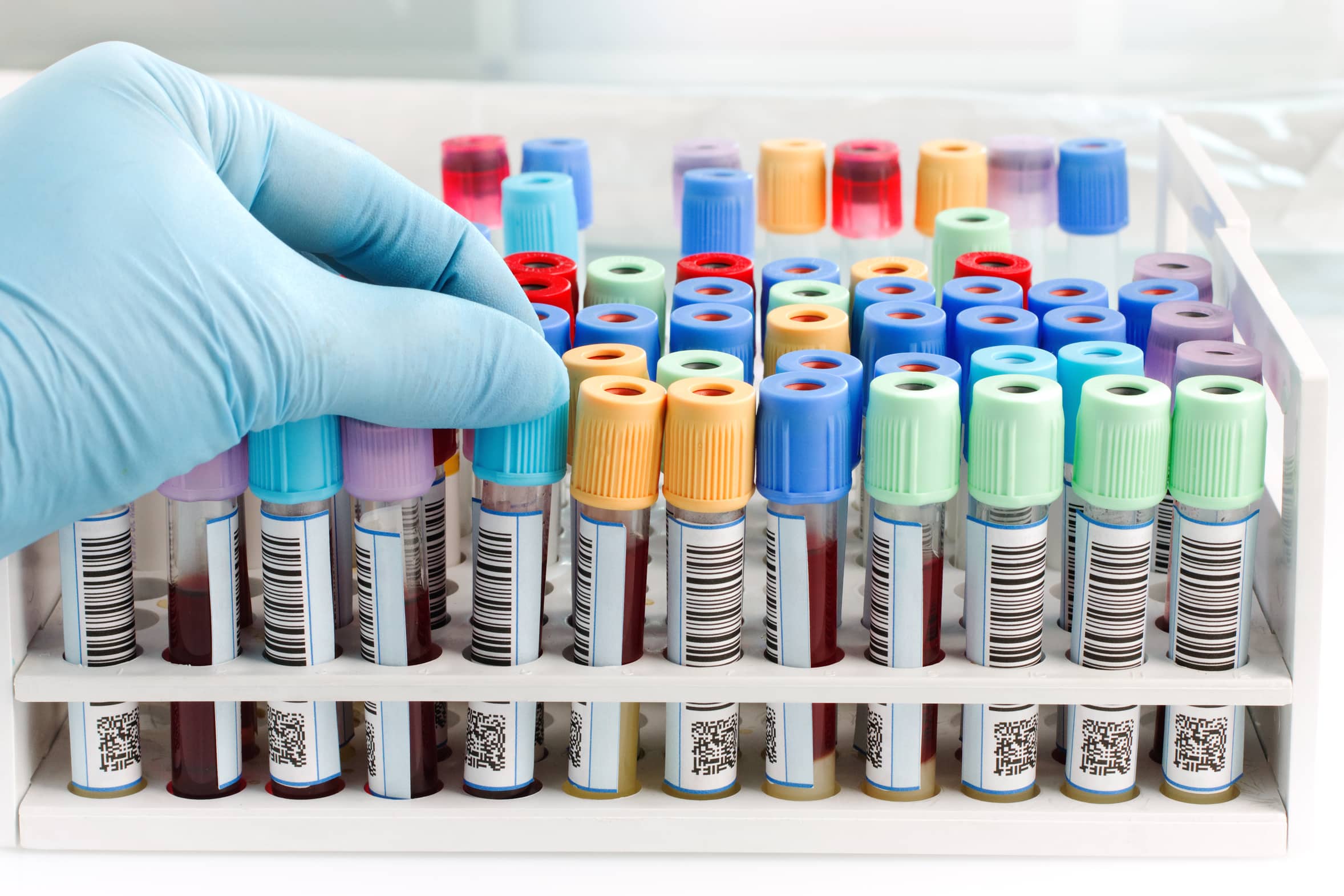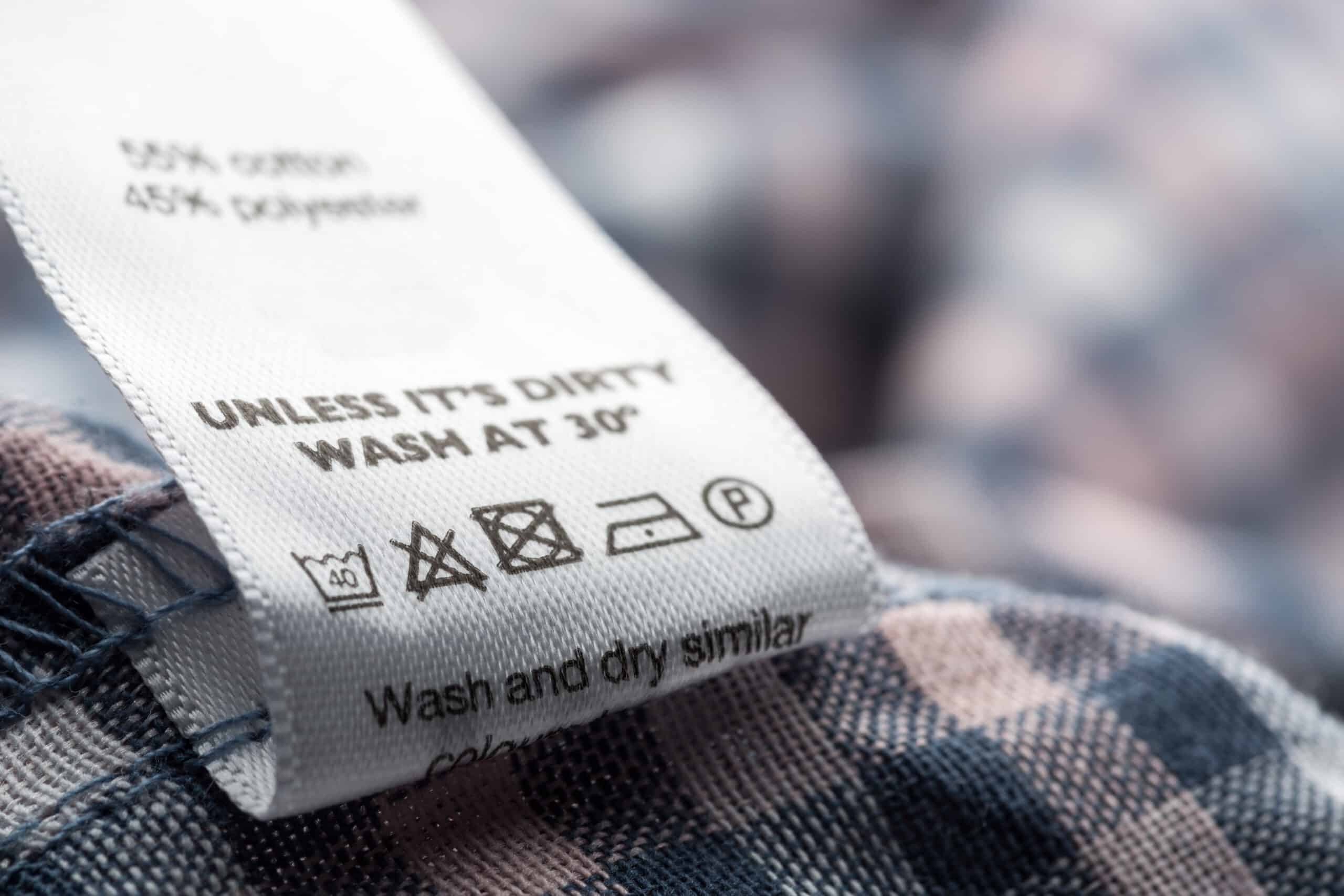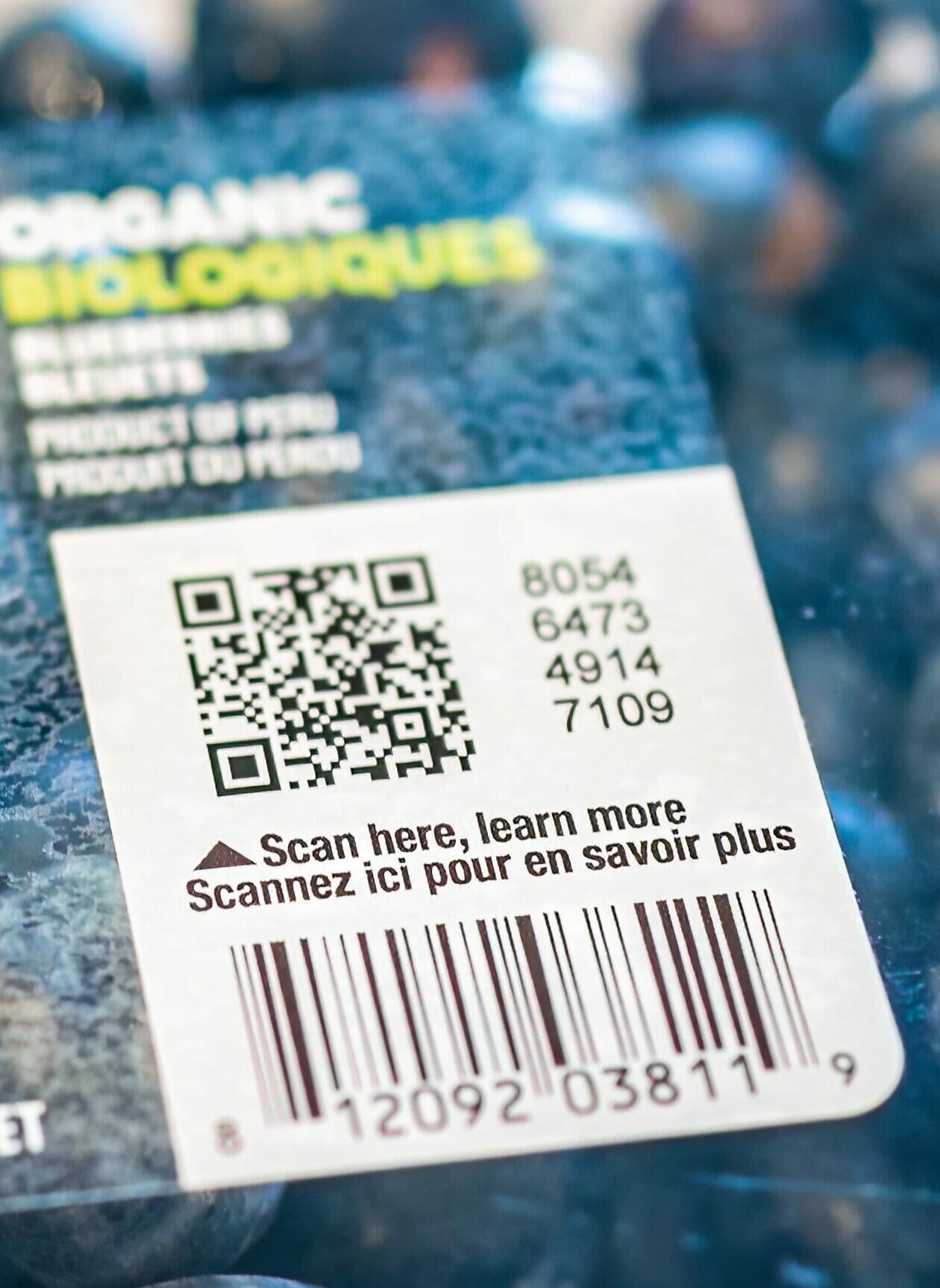Thermal transfer ribbons are known for their flexibility and cost efficiency, making them essential components in numerous industrial applications. From everyday household items like mattress tags, linens, towels, and clothing to automotive seatbelt labels, thermal transfer printing is widespread across India and around the world. In industrial environments, these ribbons find applications not only in laboratory labelling but also in logistics and on printed circuit boards inside household appliances. Their adaptability in composition—whether wax, resin, or wax/resin—and their cost-effectiveness make thermal transfer ribbons indispensable for industries aiming to optimize savings. From retail to healthcare, discover the many sectors that benefit from these applications.
Understanding thermal transfer ribbons: definition and function
A fundamental part of the thermal transfer printing process, the ribbon consists of a plastic film coated with ink on one side and silicone on the other. Often called a TTR (thermal transfer ribbon), it plays a crucial role in transferring images or text onto printing substrates. When passing under the printer’s thermal head, the ribbon is heated, causing the pigment to transfer from the ribbon onto the surface.
Key industries using thermal transfer printing applications
Thermal transfer ribbons produce prints that are more durable than those from conventional ribbons, making them especially suited for industrial applications. Here are some key sectors where their use is common:
Applications in the pharmaceutical sector
Accurate medical labelling is a critical responsibility for manufacturers and pharmacies, as it directly impacts patient safety. Thermal transfer ribbons are used in pharmaceutical labelling applications, producing labels that are scanned to track and verify medication administration in healthcare settings. They also print vital information such as batch numbers, manufacture and expiry dates, and supplier details on vials, ampoules, and blister packs. Additionally, these ribbons help monitor raw materials, finished products, and security seals. Their resistance to harsh conditions like chemicals and extreme temperatures ensures regulatory compliance and patient safety.

Applications in trade and retail

In the retail sector, labels ensure smooth operations by eliminating the need for pre-printed or handwritten tags. They improve security, accuracy, and product tracking across a variety of shops, including bakeries, stationery stores, jewelry outlets, bookstores, supermarkets, department stores, and clothing shops. Thermal transfer ribbons play an essential role in these identification applications.
In the retail sector, labels ensure smooth operations by eliminating the need for pre-printed or handwritten tags. They improve security, accuracy, and product tracking across a variety of shops, including bakeries, stationery stores, jewelry outlets, bookstores, supermarkets, department stores, and clothing shops. Thermal transfer ribbons play an essential role in these identification applications.
Applications in the textile industry
Thermal transfer ribbons are employed in textile labelling applications to create long-lasting labels that include identification and care instructions on textile products. These labels must remain legible throughout the garment’s life, despite exposure to washing, drying, abrasion, sunlight, temperature changes, and solvents. Reliable printing solutions like thermal transfer ribbons ensure durability and compliance with legal labelling requirements.

Applications in the automotive industry

Labelling is fundamental in the automotive sector to maintain effective supply chains, component identification, and inventory management for the timely assembly and delivery of vehicles such as cars, trucks, boats, and motorcycles. Thermal transfer ribbons are used in applications such as seatbelt, battery, and brake pad labelling, as well as for stock control and storage purposes within factories.
Applications in the cosmetics industry
Clear and comprehensive labelling is essential in the cosmetics and personal care industry. Thermal transfer ribbons are applied in labelling applications on products like shampoos, conditioners, lipsticks, nail polishes, and lotions to convey necessary technical and regulatory information to consumers.

Applications in household appliances, electronics, and tools

Regardless of their size or purpose, these products require labelling for manufacturing details, traceability, inventory, safety instructions, and consumer guidance. Labels must stay clear and readable during production, sales, and usage. Thermal transfer ribbons are used in applications such as printing voltage specifications, electronic schematics, and vital information on appliances like cookers and refrigerators.
Applications in the food industry
In the food sector, labels must do more than just display clear information; they must comply with strict safety standards for transport and storage. Constant exposure to abrasion, heat, steam, and chemicals makes thermal transfer ribbons an ideal choice for durable and compliant labelling applications.

This overview highlights the significance of thermal transfer ribbons and their applications across various industries in India and globally. If your business relies on industrial labelling, dependable ribbons are crucial. ARMOR-IIMAK provides trusted solutions—contact our team with any questions!
